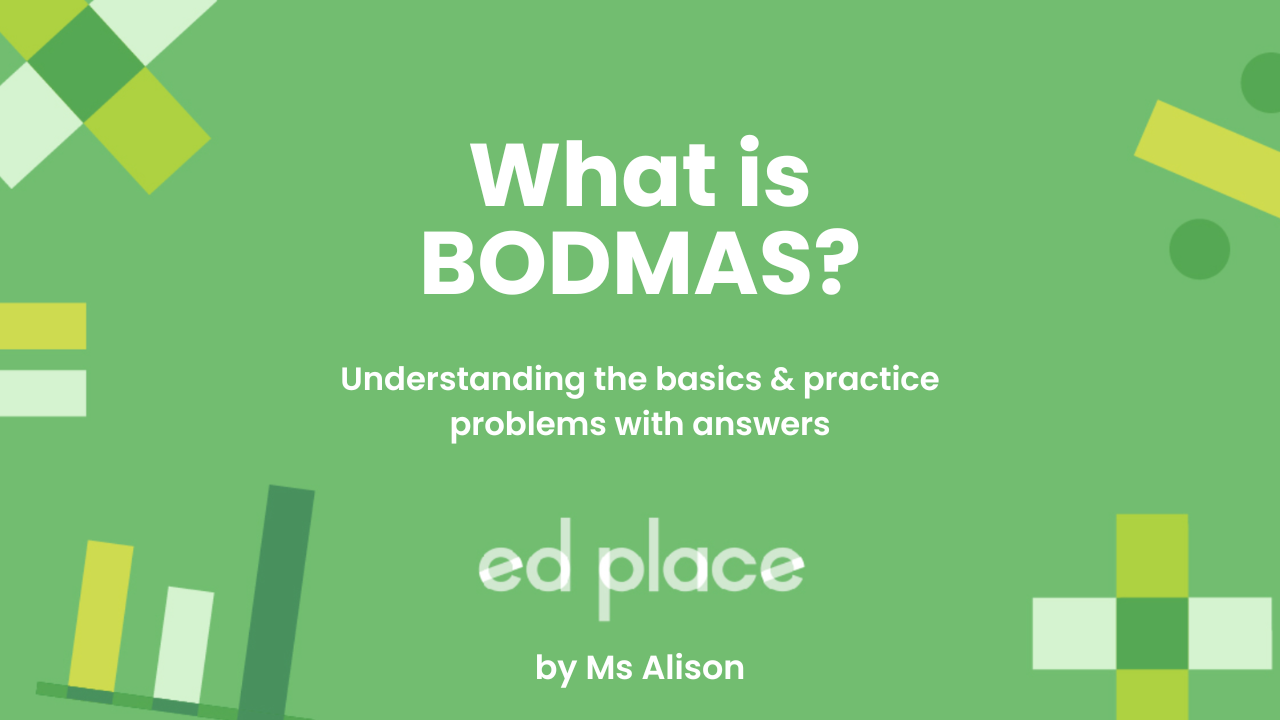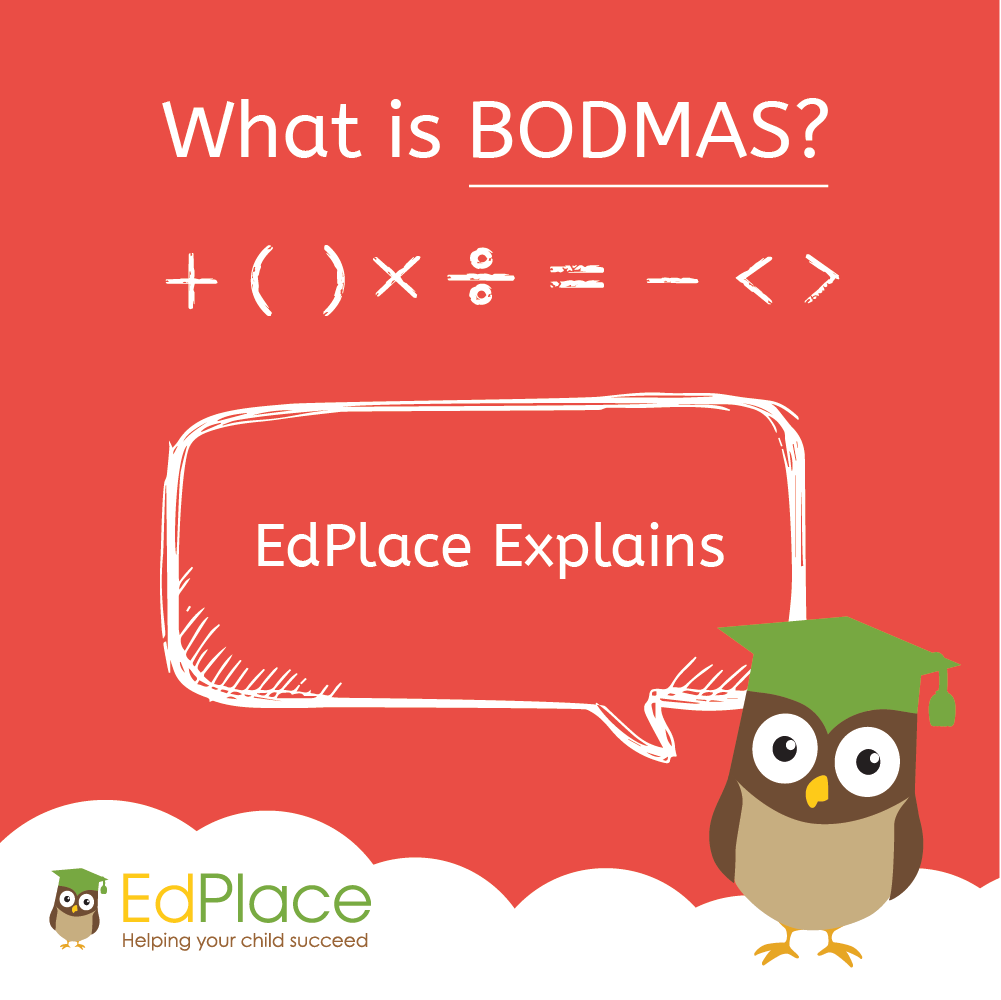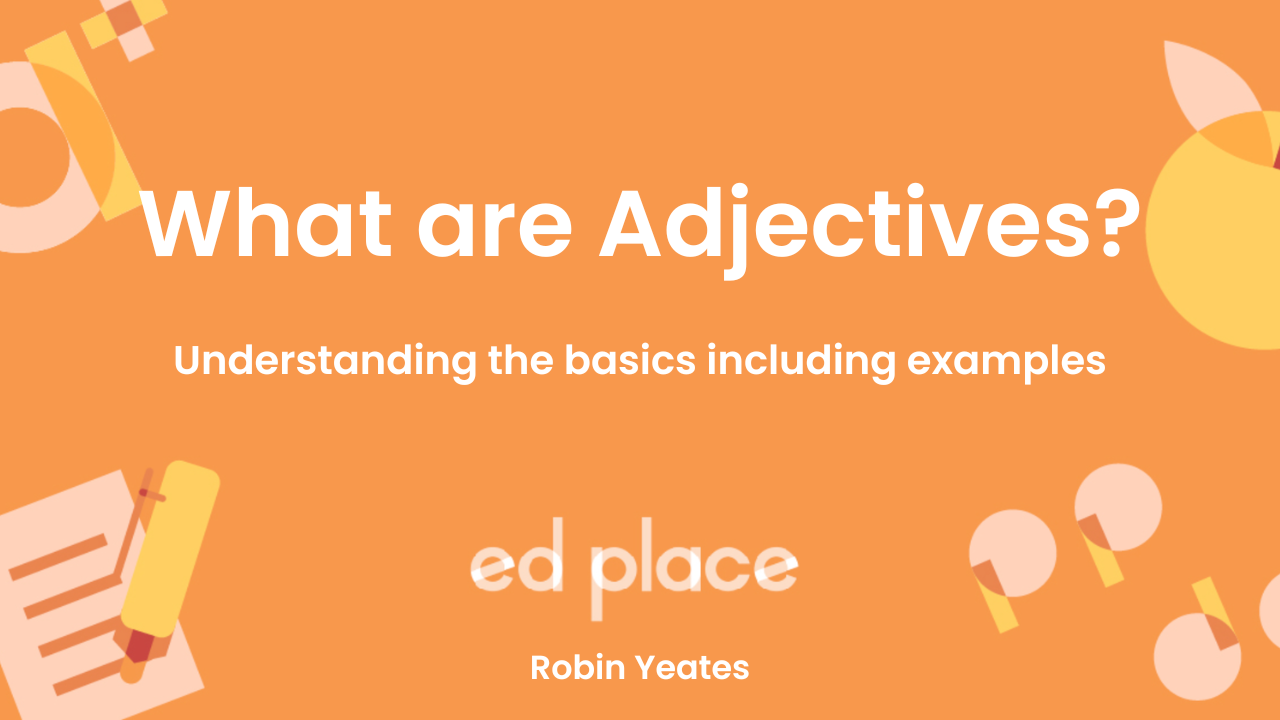
What is BODMAS?
Have you ever wondered why some maths problems always have a set way to solve them? Let's dive into the world of BODMAS and uncover this mystery!
But what does BODMAS stand for?
BODMAS is an acronym representing the order of operations used when solving mathematical expressions. It stands for:
- B: Brackets (Parts of a calculation inside brackets always come first).
- O: Orders (Numbers involving powers or square roots).
- D: Division.
- M: Multiplication.
- A: Addition.
- S: Subtraction.
The BODMAS rule is crucial for correctly interpreting and solving mathematical problems, as it provides a clear sequence for the operations.
Without following this order, it's easy to arrive at the wrong answer.
For example, in the expression 3 + 4 × 2, the multiplication (4 × 2 = 8) must be performed before the addition (3 + 8), leading to an answer of 11, not 14 (which would be the result if the operations were carried out from left to right without considering BODMAS).
Why BODMAS Matters
Without BODMAS, there would be too much inconsistency and confusion! Imagine two mathematicians arriving at different solutions to the same problem simply because they performed the operations in a different order. This lack of uniformity could have serious repercussions, especially in fields requiring precise calculations like engineering, finance, and computer science.
For instance, let's consider a simple expression: 8 + 2 × 3.
Without the guidance of BODMAS, one might be tempted to add 8 and 2 first, and then multiply by 3, leading to a result of 30.
However, BODMAS mandates that multiplication precedes addition.
Therefore, the correct approach is to multiply 2 and 3 first, resulting in 6, and then add 8 to get a final answer of 14.
This simple example illustrates how BODMAS ensures a standardised approach to solving mathematical problems.
BODMAS is not just a mathematical rule; it's a crucial skill that students learn to apply in their academic journey. It lays the foundation for dealing with more complex problems and equations as they progress in their mathematical education. Understanding and applying the BODMAS rule is essential for anyone looking to navigate the world of numbers with confidence and accuracy.
If you don’t get the BODMAS order correct, you’ll probably end up with a completely different answer, so make sure you get remembering!
All you needed? Let's practice with some BODMAS questions!
Exploring Each Component of BODMAS
Brackets:
In mathematics and BODMAS, brackets — parentheses ( ), square brackets [ ], and braces { } — serve as the starting point in solving expressions.
They are used to group numbers and operations that need to be completed first.
For example, in the expression (3 + 2) × 5, the operation within the brackets (3 + 2) should be performed initially, resulting in 5, and then multiplied by 5 to get the final answer, 25.
1. ( 8 - 3 ) + 7
First, solve the bracket: ( 8 - 3 ) = 5
The, add 7: ( 5 + 7 ) = 12
2. 4 x (6 + 2)
Solve inside the brackets first: 6 + 2 = 8
Then, multiply by 4: 4 x 8 = 32
![]() Now, try this quick challenge:
Now, try this quick challenge:
Solve ( 2 + 3 ) x 4
Did you remember to solve the brackets first?
Orders:
Orders refer to numbers involving powers, square roots, or any other types of exponents.
This step comes right after solving brackets.
For example, in 3 × 4², the operation 4² (4 x 4 which is 16) should be completed before the multiplication, leading to the final answer of 3 × 16 = 48.
1. 5³ + 6
Calculate the power: 5³ = 125
Then add 6: 125 + 6 = 131
2. 7 x 2²
Solve the exponent: 2² = 4
Then, multiply by 7: 7 x 4 = 28
Division & Multiplication:
These operations are of equal priority and are performed next after brackets and orders.
The rule is to address them from left to right as they appear in the expression.
For example, in the expression 30 ÷ 5 × 2, we first divide 30 by 5, getting 6, and then multiply by 2, which gives us 12.
1. 48 ÷ 6 x 3
According to BODMAS, address division and multiplication from left to right.
First, divide: 48 ÷ 6 = 8
Then multiply: 8 x 3 = 24
2. 35 ÷ 7 x 2
First, perform the division: 35 ÷ 7 = 5
Then the multiplication: 5 x 2 = 10
![]() Ever wondered why division and multiplication are treated equally in BODMAS?
Ever wondered why division and multiplication are treated equally in BODMAS?
Both division and multiplication are inverse operations of each other, meaning they effectively undo each other's effects. This interlinked nature gives them equal priority in the order of operations.
Addition & Subtraction:
These examples demonstrate how addition and subtraction, as the final steps in the BODMAS rule, play a pivotal role in ensuring accurate outcomes in mathematical expressions.
They reiterate the importance of following the order of operations to achieve consistent and correct results in mathematics.
1. 20 - 5 + 3
Perform addition and subtraction from left to right:
First, subtract: 20 - 5 = 15
Then add: 15 + 3 = 18
2. 45 + 10 - 20
Start with addition: 45 + 10 = 55
Then subtract: 55 - 20 = 35
![]() Quick challenge:
Quick challenge:
If you buy a book for £12 and a pen for £3, how much change should you get from a £20 note?
Use BODMAS to find out!
BODMAS and its variants
While BODMAS is widely used, similar acronyms like PEMDAS (Parentheses, Exponents, Multiplication and Division, Addition and Subtraction) and BIDMAS (Brackets, Indices, Division and Multiplication, Addition and Subtraction) are prevalent in other parts of the country or world. Though the acronyms differ, the essence remains the same — they all dictate the exact same specific order for carrying out arithmetic operations so if you see one, the approach is the same as BODMAS!
- PEMDAS: Popular in the United States, it emphasises 'Parentheses' over 'Brackets' and 'Exponents' over 'Orders'.
- BIDMAS: Common in the United Kingdom, it uses 'Indices' to refer to powers or exponents.
Understanding these variations is essential, especially in a global learning context, as it ensures consistency and accuracy regardless of the geographical or educational differences.
Easy ways to remember BODMAS/BIDMAS
Brackets first then Orders (or sometimes Indices).
Division and/or Multiplication left to right followed by Addition and/or Subtraction left to right.
Now that you're a BODMAS pro, you can tackle maths problems with confidence! Remember, practice makes perfect, so keep challenging yourself with new problems.
BODMAS Botch-ups
The BODMAS rule in maths isn’t always easy to understand - here are a few examples of BODMAS and easy mistakes many students make. Can you spot their errors and fix them? Answers at the bottom of the page
| Question 1 | 4 + 3 x 2
= 7 x 2 = 14 |
| Question 2 | 12 – 4 ÷ 2
= 8 ÷ 2 = 4 |
| Question 3 | 5²– 6
= 10 – 6 = 4 |
| Question 4 | 25 – 6 x 2
6 x 2 = 12 12 – 25 = -13 = -13 |
BODMAS Worksheets and Practice
It’s always good to practice your new skills!
Year 6:
Using BIDMAS – Order of operations in calculations
Year 7:
Using the order of operations in calculations - Worksheet 1
Using brackets on a calculator
Year 8:
Using brackets in different places for different answers
Using brackets on the calculator to work out combined operations
Multiplying out brackets and simplifying
Year 9:
Multiplying out brackets and simplifying
Multiplying out two brackets and simplifying
Using brackets on a calculator
Answers to BODMAS Botch ups
| Question 1 | 4 + 3 x 2
= 3 x 2 + 4 = 10 |
| The student forgot to multiply first then add, instead they added first then multiplied. These are some great BIDMAS examples where things can go wrong. | |
| Question 2 | 12 – 4 ÷ 2
= 4 ÷ 2 = 2 = 12 – 2 = 10 |
| The student forgot to divide first then subtract, instead they subtracted first then divided. The best way to understand order of operations is to complete BIDMAS questions until you can remember it by heart. | |
| Question 3 | 5² – 6
= 25 – 6 = 19 |
| By not following the BIDMAS rule, the student doubled the 5 rather than multiplying it by itself. | |
| Question 4 | 25 – 6 x 2
6 x 2 = 12 12 – 25 = -13 = -13 |
| The student mixed up the subtraction. It should have been 25 – 12 not 12 – 25! | |




.png)
.png)
.png)




